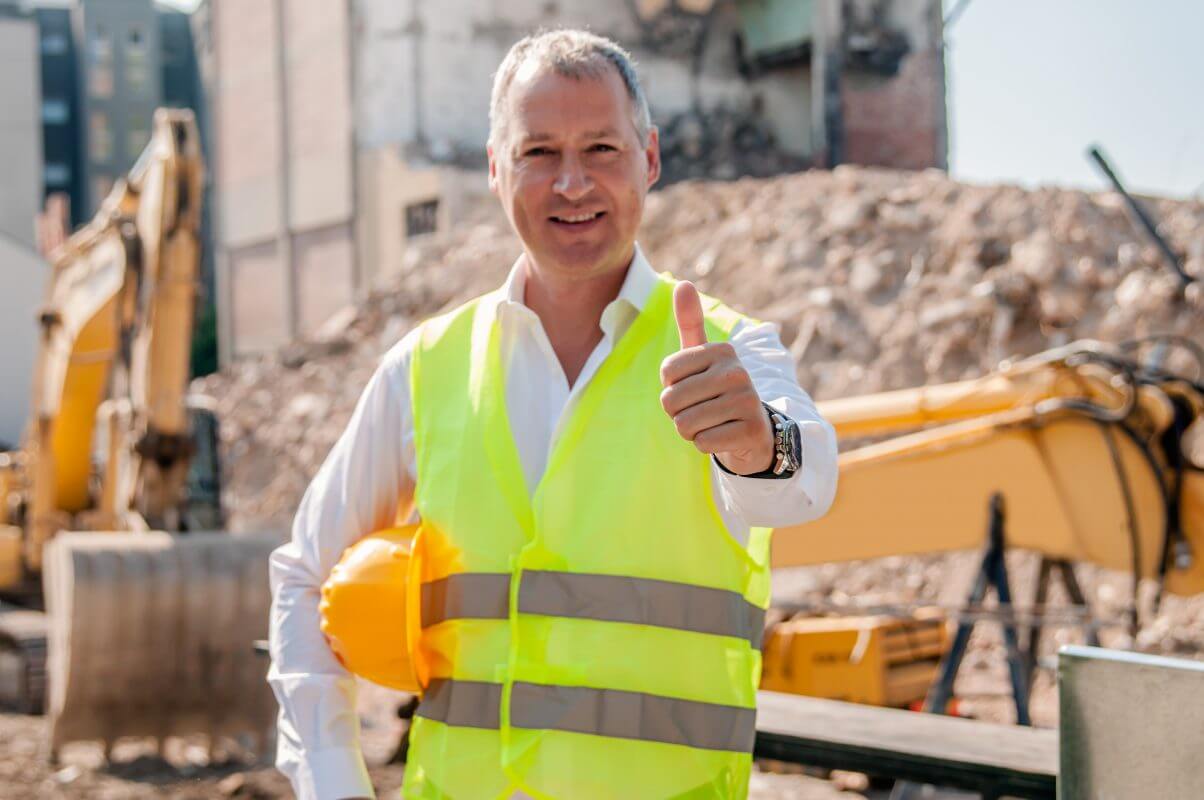
Health and safety in the construction industry is of paramount importance due to the inherent risks associated with construction activities. Implementing effective health and safety measures not only protects the well-being of workers but also contributes to the overall success of construction projects by minimizing accidents, reducing downtime, and ensuring regulatory compliance.
By prioritizing health and safety in the construction industry through a combination of proactive measures, ongoing training, and the use of technology, construction companies can create a safer work environment and contribute to the well-being of their workforce.
Risk Assessment and Management: Identify and assess potential hazards associated with specific construction activities. Develop comprehensive risk management plans to mitigate identified risks. Regularly review and update risk assessments as project conditions evolve.
Training and Education: Provide comprehensive safety training for all workers, including new hires and subcontractors. Ensure that workers are knowledgeable about the specific risks and safety procedures related to their tasks. Conduct regular refresher courses to reinforce safety awareness.
Personal Protective Equipment (PPE): Mandate the use of appropriate PPE, such as hard hats, safety glasses, gloves, and steel-toed boots. Regularly inspect and replace damaged or outdated PPE to maintain effectiveness. Train workers on the proper use and maintenance of PPE.
Site Security and Control: Implement access controls to prevent unauthorized personnel from entering construction sites. Secure equipment and materials to prevent theft or unauthorized use. Establish clear entry and exit points with proper signage and communication.
Emergency Preparedness: Develop and communicate emergency response plans, including evacuation procedures. Conduct regular drills to ensure that workers are familiar with emergency protocols. Maintain well-equipped first aid stations and ensure that trained personnel are available.
Health and Wellness Programs: Provide access to health and wellness resources, including medical check-ups. Promote a healthy lifestyle to reduce the risk of chronic health issues. Encourage mental health awareness and support for workers.
Regulatory Compliance: Stay informed about and comply with local, state, and national health and safety regulations. Regularly audit construction sites to ensure compliance with established safety standards. Train personnel to understand and adhere to relevant regulations.
Communication and Reporting: Establish open lines of communication for reporting safety concerns or incidents. Encourage a culture of reporting near misses to identify and address potential hazards. Investigate incidents thoroughly to determine root causes and prevent recurrence.
Technology Integration: Implement technology solutions such as wearables, sensors, and monitoring systems to enhance safety. Use digital tools for real-time communication and tracking of safety performance. Leverage data analytics to identify trends and areas for improvement.
Collaboration and Engagement: Foster a culture of collaboration and shared responsibility for health and safety. Involve workers in safety planning and decision-making processes. Recognize and reward positive safety behaviors and achievements.